Los Angeles is a weird place. You probably already knew that. But you may not have known just how weird this city’s history gets. The type of weirdness that involves mysterious deaths, ghost dogs and dead bodies washing up into people’s yards. Last Saturday morning at the horror and haunted attraction convention, ScareLA, I learned that yes, L.A. does get this weird.
The first panel presentation at ScareLA, was one of the few that didn’t focus on theme park-style spook-houses or upcoming horror entertainment. This one focused on the very real cemeteries of Los Angeles, many of them several eras old. Urban explorers from Atlas Obscura, an online glossary of unusual sights to see around the globe, were on-hand to answer questions and share bizarre legends about L.A. cemeteries.
Panelists Erin Johnson, Robert Hemedes, Hadley Meares and Sandi Hemmerlein are all members of Atlas Obscure’s L.A. Obscura Society, meaning they make it their business to roam the city, scouting out and researching its strangest nooks and crannies, and L.A. has plenty of them.
“L.A. is an embarrassment of riches when it comes to that stuff,” Hemmerlein, who was also moderating the panel, said.
With coffee and notepad in hand, I sat in and listened to some of the legends and personal anecdotes they had to share about L.A.’s burial grounds. Here are a few notable insights.
Cemeteries make mistakes too
Cemeteries often seem so serene. Walking into one can feel a bit like taking a break from the chaos of our everyday lives to reflect within the quiet—albeit often sad—lands of the dead. But I learned last Saturday that there’s not always peace and order among the dead either.
And sometimes that’s because some cemeteries—out of simple incompetence or for cost-cutting reasons—really screw up.
The most gruesome tale of cemetery catastrophe involved bodies washing up in people’s yards. Verdugo Hills Cemetery in Tejunga was once named by the L.A. Times as the worst cemetery in the state of California.
The cemetery was built on a gopher-hole-riddled hillside, causing the earth to be unstable. Factor this in with an El Nino in the 1970s and you have a pretty incredible mess. Graves washed away, caskets becoming exposed, body parts in a rainy mudslide ended up everywhere, including, yes, neighboring yards.
Eventually whatever remains that could be recovered were dumped in a mass grave on the cemetery grounds, marked with a plaque that read: “Name was here, perhaps, but certainly known by God.” …The cemetery flooded again in the 1980s.
To make matters even sloppier, a chain link fence built to protect the cemetery from vandalism wasn’t particularly well-placed, and several graves are located outside of the fence surrounding the cemetery. Although the deceased within date back to early settlers, you won’t find actual headstones pre-dating the ’70s inside.
“As beautiful as some of these cemeteries are, I’ve learned once you’re dead, you have no control over what happens to you,” Hemmerlein said.
Also within the realm of cemetery mismanagement, Angeles Abbey Memorial Park in Compton has a controversial history over its treatment of the dead.
This cemetery faced a nasty civil suit in 1984 for questionable practices. To cut down on costs and space, they began burying their dead outside of the cemetery along the surrounding roads, mixing the cremated ashes of different exhumed bodies together, and burying the dead in already-occupied plots.
Oh yeah, and Angeles Abbey has also been the scene of a murder. In the ’70s, 76-year-old Martha Eddington was beaten to death while visiting the gravesites of her husband and son-in-law, and buried in a crypt that isn’t far from the scene of the crime.
There have been crowds that really appreciate letting off steam in the cemetery as well.
Evergreen Cemetery, created in 1877, notably hosted a speakeasy within the mortuary during the prohibition era in the 1920s. In fact, writer and historian Hadley Meares said that if you flip through old archives of the L.A. Times you’re likely to find articles about the drinking, partying and sex happening in cemeteries on a regular basis. Cemeteries were treated more like public parks around this time.
So that’s where all those movies about cursed, desecrated graves come from.
People really, really love their pets
Yeah, we all know this, but really.
Los Angeles Pet Memorial Park in Calabasas is the final resting place for more than 40 thousand pets, making it one of the largest pet cemeteries in the western United States. The pet graves here range from the typical household cats and dogs to more exotic animals like Tawny, the iconic MGM Studios lion.
Speaking of Tawny, fun fact: he is buried in a shared plot with his best friend, a considerably smaller house cat.
Johnson said that the pet cemetery is full of signs of love and devotion, with graves always tended to with flowers and photographs—perhaps more often than what may be see at the average human cemetery.
The cemetery has also hosted some notable funeral services for pets—housing a full crematorium and mortuary on site. Some services involve butterfly releases. One notable funeral service involved a cricket release to honor a cat that had loved chasing them.
“My cat is so being buried there,” the girl next to me whispered to her friend.
The cemetery is also rumored to be haunted by actor Rudolph Valentino’s dog, Kabar. Legend has it that Kabar, who died after a howling mourning period months after his owner’s death, can be heard panting or felt licking hands of cemetery visitors.
In other dead celebrity dog news, Terry, the terrier famous for playing Toto in “The Wizard of Oz” was buried in a cemetery that has since been paved over during construction of the 101 freeway. Hollywood Forever Cemetery created a headstone in her honor at their own cemetery, although Terry’s remains remain buried somewhere far beneath the pavement of the 101–a fact that inspired a sad “awww” from Saturday’s audience.
Cemeteries are gorgeous
This panel avoided discussing what they thought were the obvious big, gorgeous cemeteries in the city, such as the notable Hollywood Forever Cemetery which hosts summer movie screenings, a Dia De Los Muertos party and other events. They also are well aware that most L.A. cemetery tourism centers around celebrity gravesites. The Atlas Obscura team was more interested last weekend in discussing the strange, unusual stories about L.A. cemeteries, as well as those that are visual wonders. They shared photos and descriptions of these gorgeous cemeteries in L.A.
“I like ghoulish stories but I also like the statue-esque buildings that house them,” Hemedes said.
Los Angeles Memorial Park, despite its shortcomings discussed earlier, was designed by architects inspired by the Taj Mahal, creating a grand, exotic design to the buildings.
In most cemeteries, the headstones, crypts and buildings in cemeteries also tend to incorporate symbols from Victorian culture. Winged figures, open gates and other common cemetery designs are representative monuments depicting the passage from one realm to the next.
Johnson said the facts discussed at this panel were just the tip of the iceberg. There is plenty of Los Angeles left to explore and learn about. For those interested in being a part of the Obscura society and their events, visit: www.atlastobscura.com or www.facebook.com/laobscurasociety for more information.
One Comment
Comments are closed.


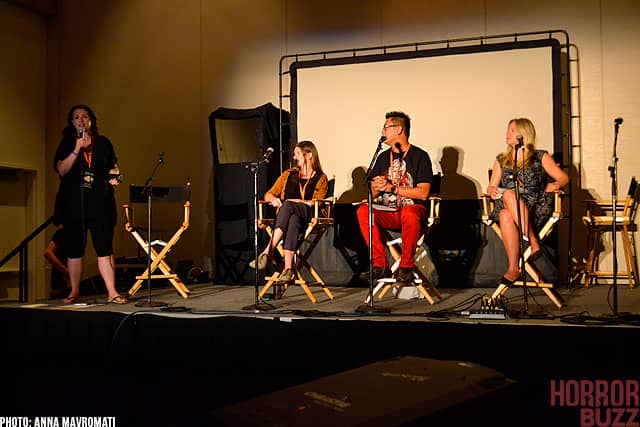
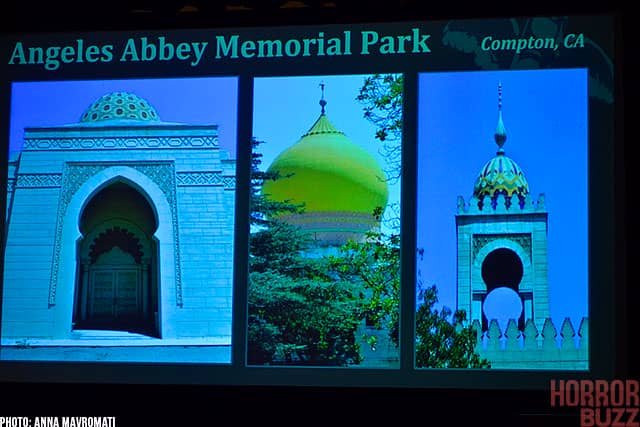
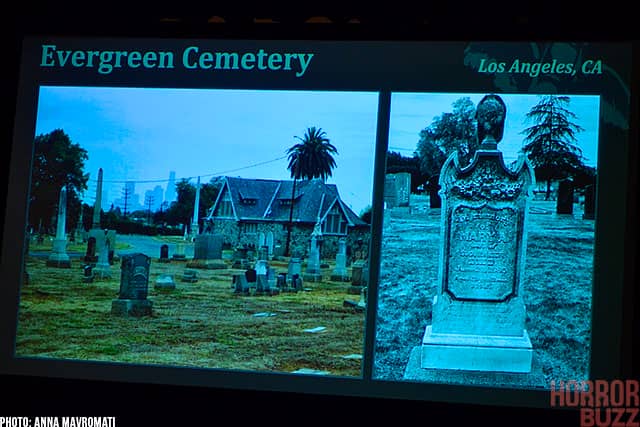



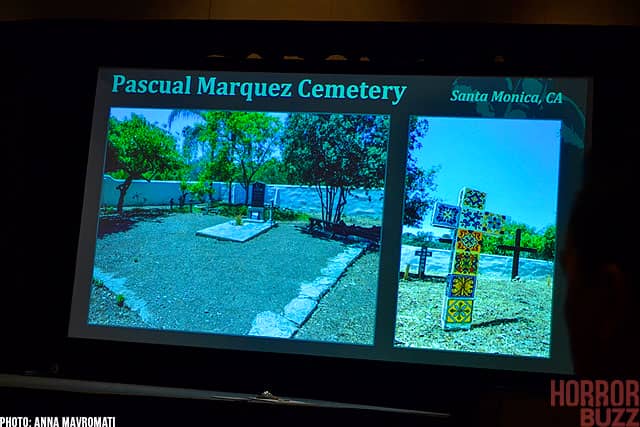
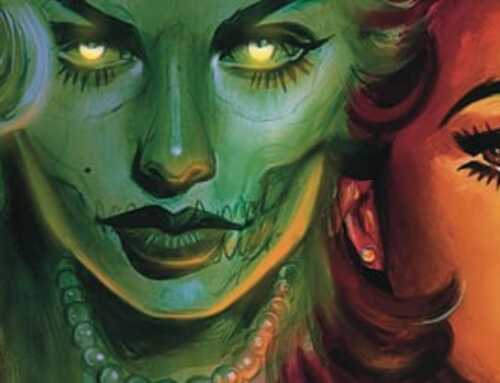
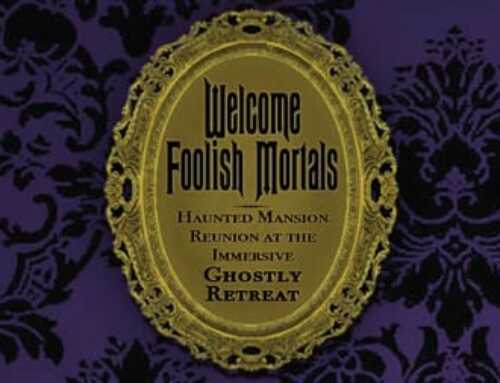
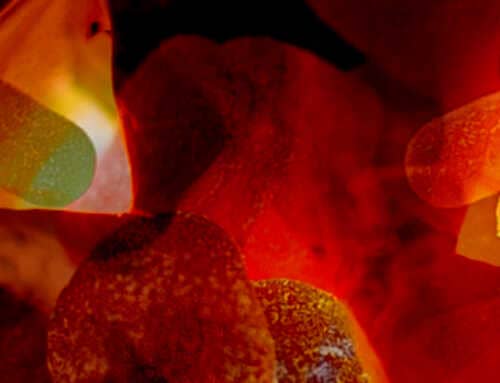
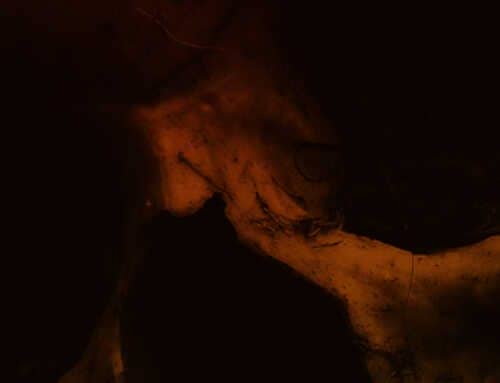
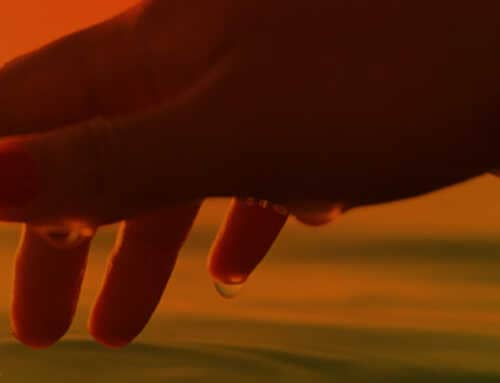
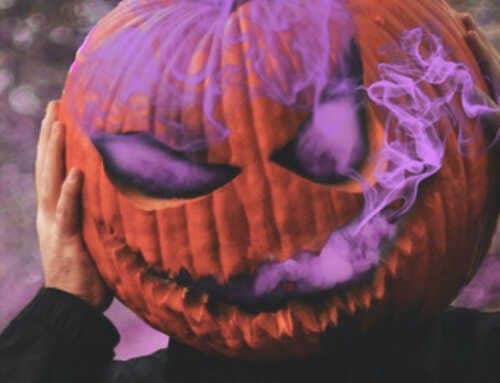
This actually made me sad that I missed the panel. It sounded super entertaining!